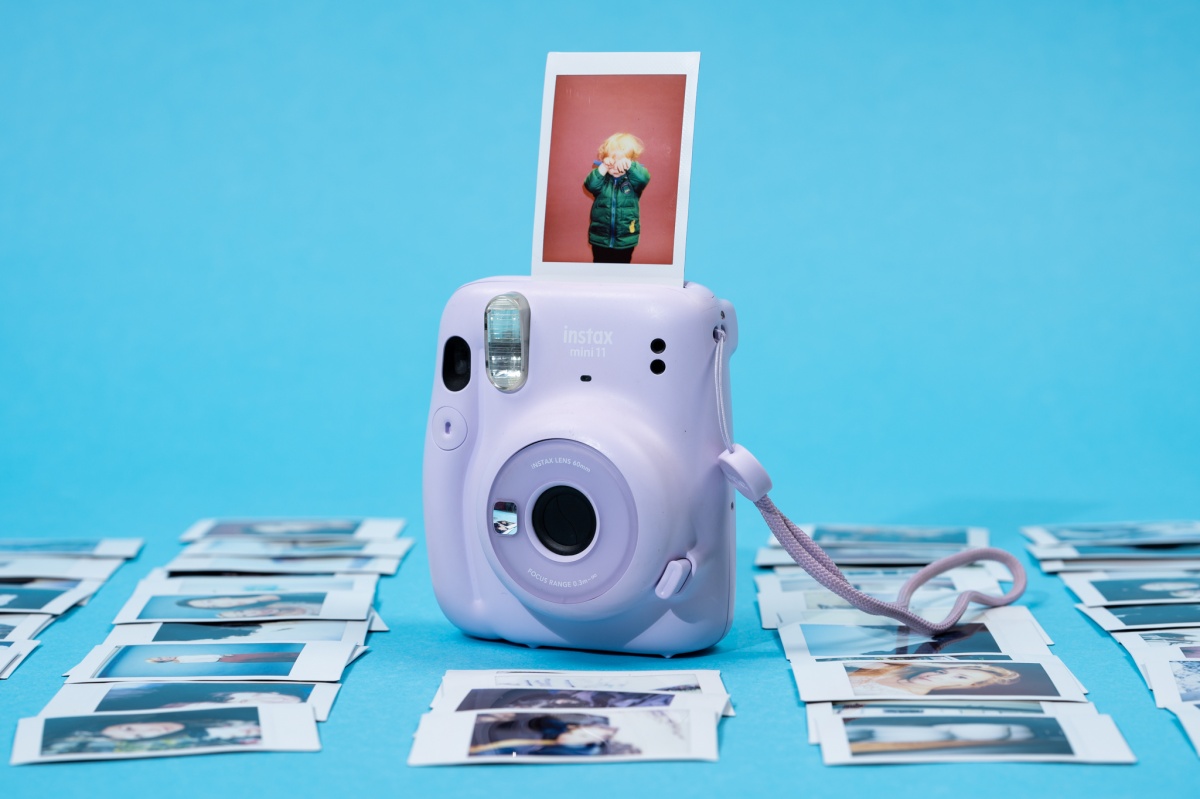What Is the Purpose of a Shutter on an Instant Camera?
As professional photographers, we often delve into the intricate details of our equipment. Understanding the purpose and function of each component allows us to master our craft and push the boundaries of creativity. One such component that deserves full attention is the shutter of an instant camera. The question often arises: What is the purpose of a shutter on an instant camera? We'll unravel its significance, mechanism, and relevance for instant photography.

The Function of a Shutter
At its core, the shutter in any cameraincluding instant camerasserves a critical function. It is responsible for controlling the duration that light hits the camera sensor or film. This brief moment, known as the exposure time, is fundamental in determining the final image's overall exposure. In the context of instant cameras, the shutters role is even more pronounced. Unlike digital cameras, where you can often adjust settings post-shoot, an instant camera develops photos immediately. Therefore, the exposure time dictated by the shutter must be precise.
Exposure and Image Quality
Managing exposure accurately is imperative for achieving high-quality images. Overexposure or underexposure can ruin a shot by making it too bright or too dark. The shutters primary role in an instant camera is to fine-tune this exposure. The correct amount of light must be allowed through to create a well-balanced photo that captures all the necessary details.

How Shutter Speed Works
Shutter speed refers to the amount of time the camera's shutter remains open. In an analog instant camera, this speed is usually predetermined by the cameras design. Some models, however, allow the user to adjust shutter speed manually. Fast shutter speeds (e.g., 1/500th of a second) are perfect for capturing fast-moving subjects, as they reduce motion blur. Slow shutter speeds (e.g., 1/30th of a second) are ideal for low-light situations but require the camera to remain still to avoid blurriness.
For more tips on using instant cameras effectively, check out this guide.

Shutters and Light Control
The shutter directly impacts how much light enters the camera. Achieving the right balance is crucial, and this is where the combination of aperture and shutter speed comes into play. Similar to how shutter speed works in tandem with ISO settings and aperture in digital cameras, the shutter in an instant camera must align perfectly with the fixed parameters of the films sensitivity. This synchronization ensures consistent and high-quality results.
The Role of Aperture
In most instant cameras, the aperture is fixed or semi-variable. When paired with a specific shutter speed, it determines the final exposure. The aperture size controls the light's amount that reaches the film; a wider aperture allows more light, while a narrow one restricts it. Together, the shutter speed and aperture ensure that the photo is correctly exposed.

Mechanical vs. Electronic Shutters
Instant cameras can employ either mechanical or electronic shutters. Mechanical shutters are traditional and depend on physical components to open and close, controlling light ingress. They are often more durable and appreciated for their simplicity. Electronic shutters, on the other hand, use sensors to control exposure time without moving parts. These are typically found in modern instant cameras and offer greater flexibility and precision in exposure settings.
Advantages and Disadvantages
Each type of shutter has its benefits and drawbacks. Mechanical shutters are generally more reliable over long periods, especially in analog settings. They dont require power, making them highly useful in fieldwork situations where battery life is a concern. However, they can be slower and less precise compared to their electronic counterparts. Electronic shutters provide faster and more accurate exposures but depend on battery life and can be vulnerable to electronic failures.
Shooting Techniques
Efficiently utilizing the shutter in an instant camera requires understanding both its mechanism and how it interacts with other camera settings. For professionals, mastering these subtleties can distinguish between a good shot and a perfect one. Instant photography demands a higher level of precision, especially since post-processing options are limited. Therefore, paying close attention to how the shutter impacts the final image is crucial.
Long Exposures and Creative Effects
Instant cameras arent typically associated with long exposures, but experimenting with them can yield fascinating results. By holding the shutter open longer, you can capture motion, create light trails, or add a ghostly effect to your shots. This technique requires a stable surface or a tripod to minimize shake, something professional photographers are well versed in.
For further inspiration, visit creative ways to use your instant camera.
Conclusion
Understanding what is the purpose of a shutter on an instant camera is essential knowledge for professional photographers. The shutter is the gatekeeper of light, dictating how much light your film or sensor receives and for how long. This simple yet sophisticated mechanism significantly impacts exposure, sharpness, and overall image quality. Mastering its use offers limitless creative possibilities and ensures that every shot taken with an instant camera reflects the photographer's vision.
Want to deepen your knowledge? Explore topics like how to put film in Polaroid and how to take good pictures.
Frequently Asked Questions
What is the main purpose of a shutter in an instant camera?
The main purpose is to control exposure time, determining how long the film is exposed to light, and thus impacting the final image's quality.
Can you manually adjust the shutter speed in instant cameras?
Some modern instant cameras offer this feature, enabling photographers to fine-tune exposure settings to suit different shooting conditions.
What is the difference between mechanical and electronic shutters in instant cameras?
Mechanical shutters use physical components to control exposure, while electronic shutters employ sensors. Each has its own advantages, with mechanical shutters being more durable and electronic ones offering greater precision.
For more tips on using instant cameras, click here.
As an Amazon Associate, I earn from qualifying purchases.
As an Amazon Associate, I earn from qualifying purchases.

